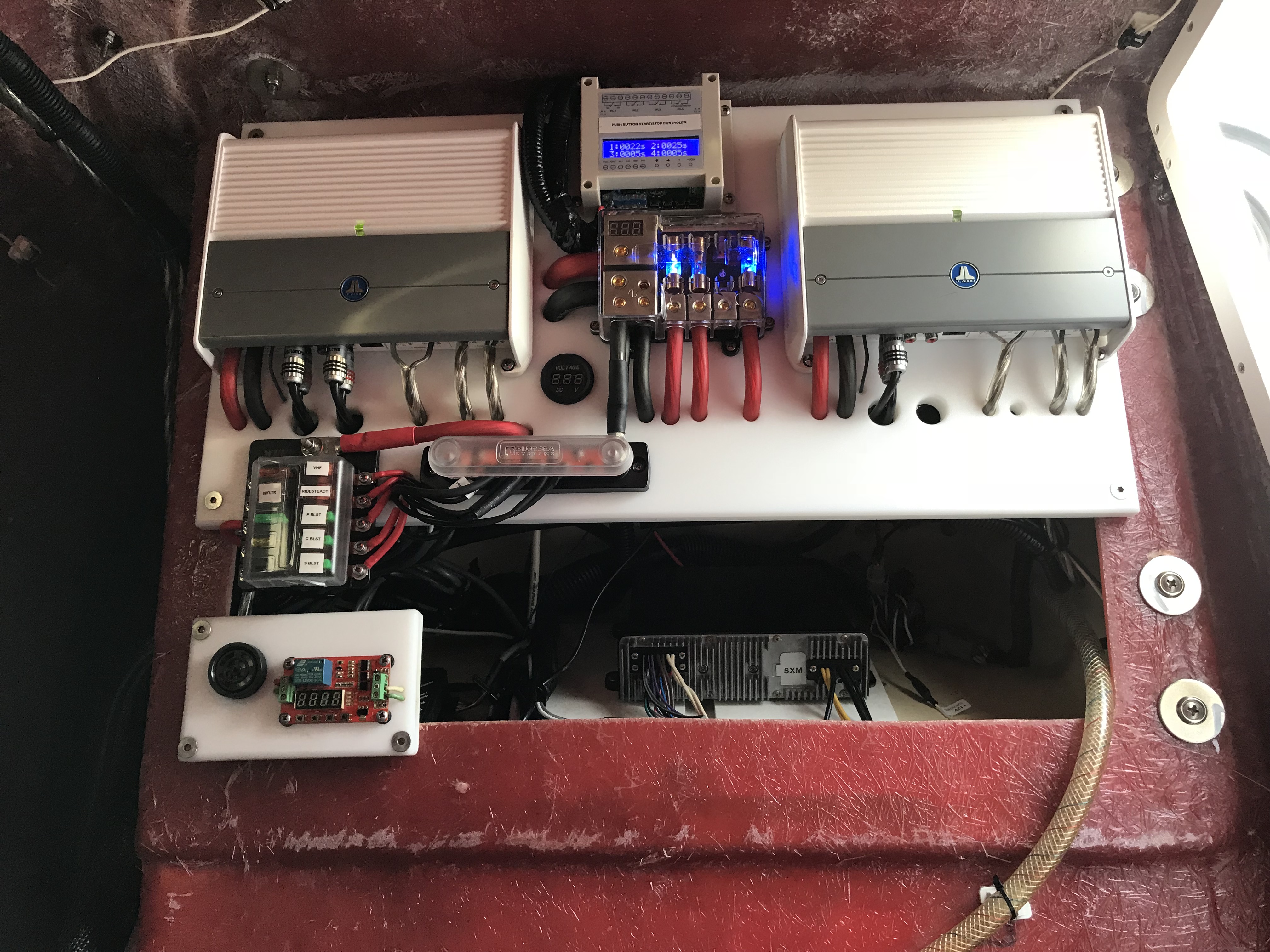Speedling
Jetboaters Admiral
- Messages
- 5,152
- Reaction score
- 4,365
- Points
- 432
- Location
- Cedar Lake, IN
- Boat Make
- Yamaha
- Year
- 2008
- Boat Model
- SS
- Boat Length
- 21
Looking to simplify my wiring and have it all a bit more secure as well.
I want to have simple connections to battery and all the accessories not just tied to the batteries directly.
Looking to do an amazon purchase soon because my wife has add on items waiting that she needs.
Bus bars look nice and are compact but the marine fuse boxes look nice as well but take more room. They add expandability as well.
I want to have simple connections to battery and all the accessories not just tied to the batteries directly.
Looking to do an amazon purchase soon because my wife has add on items waiting that she needs.
Bus bars look nice and are compact but the marine fuse boxes look nice as well but take more room. They add expandability as well.

